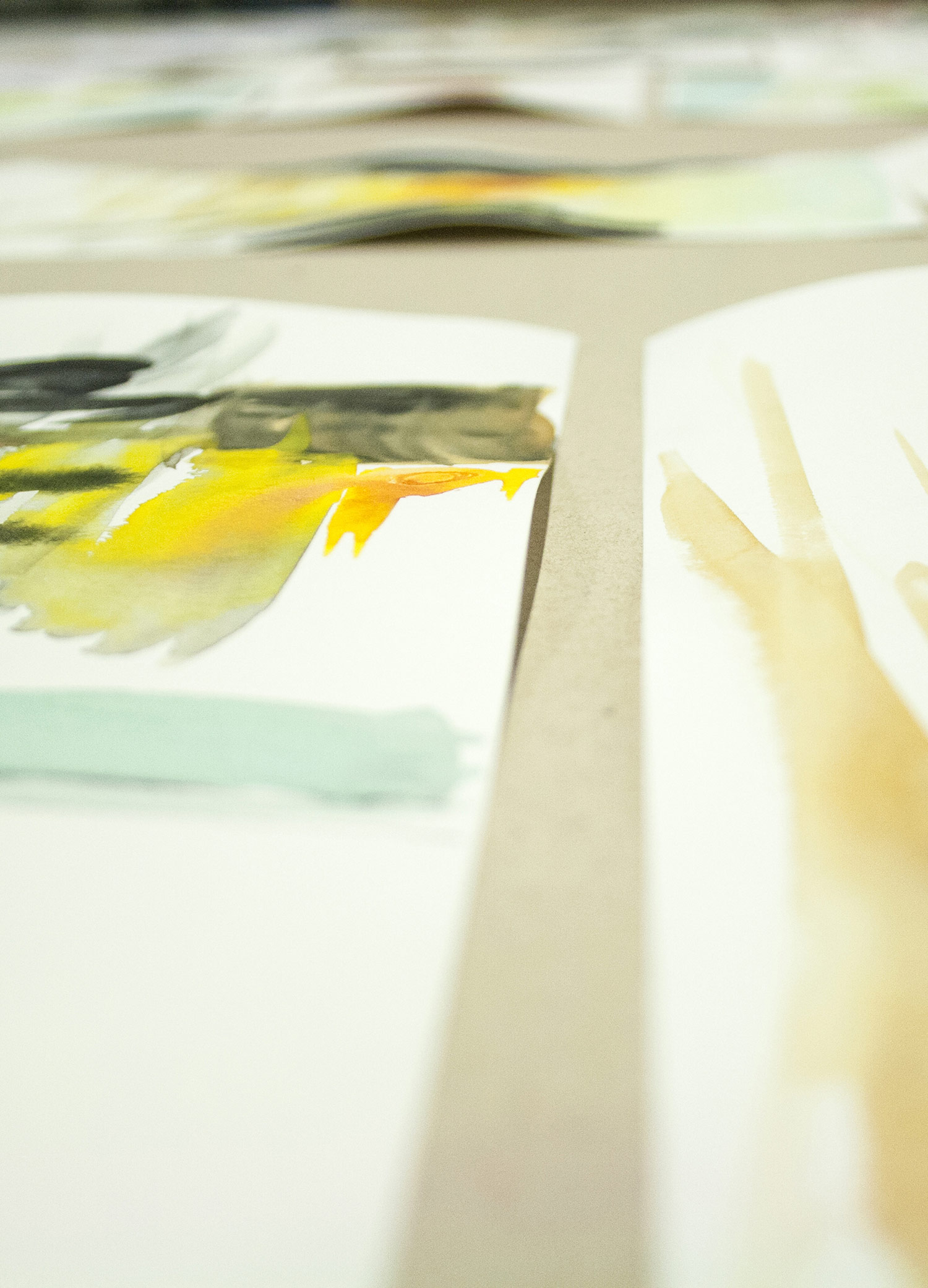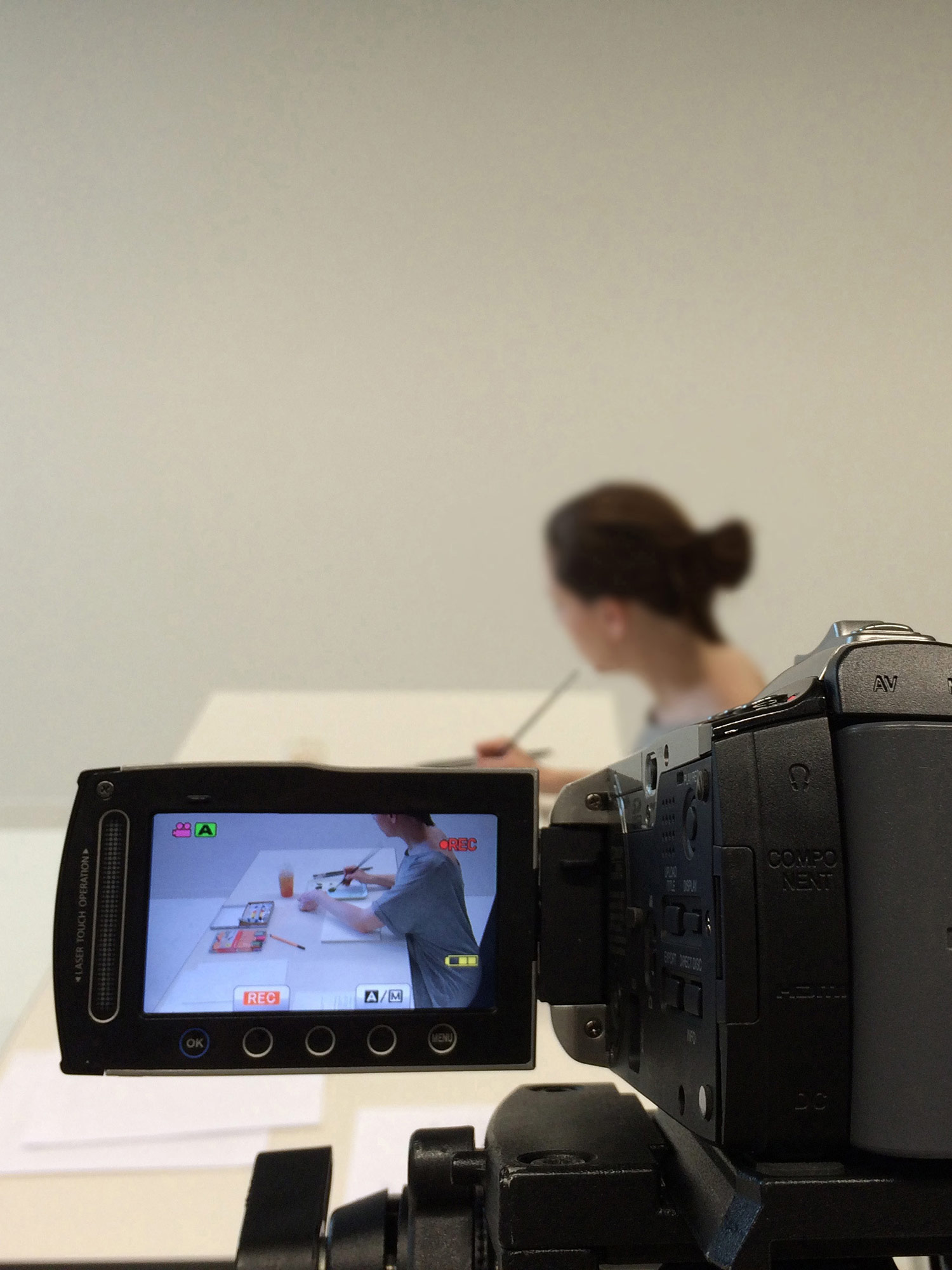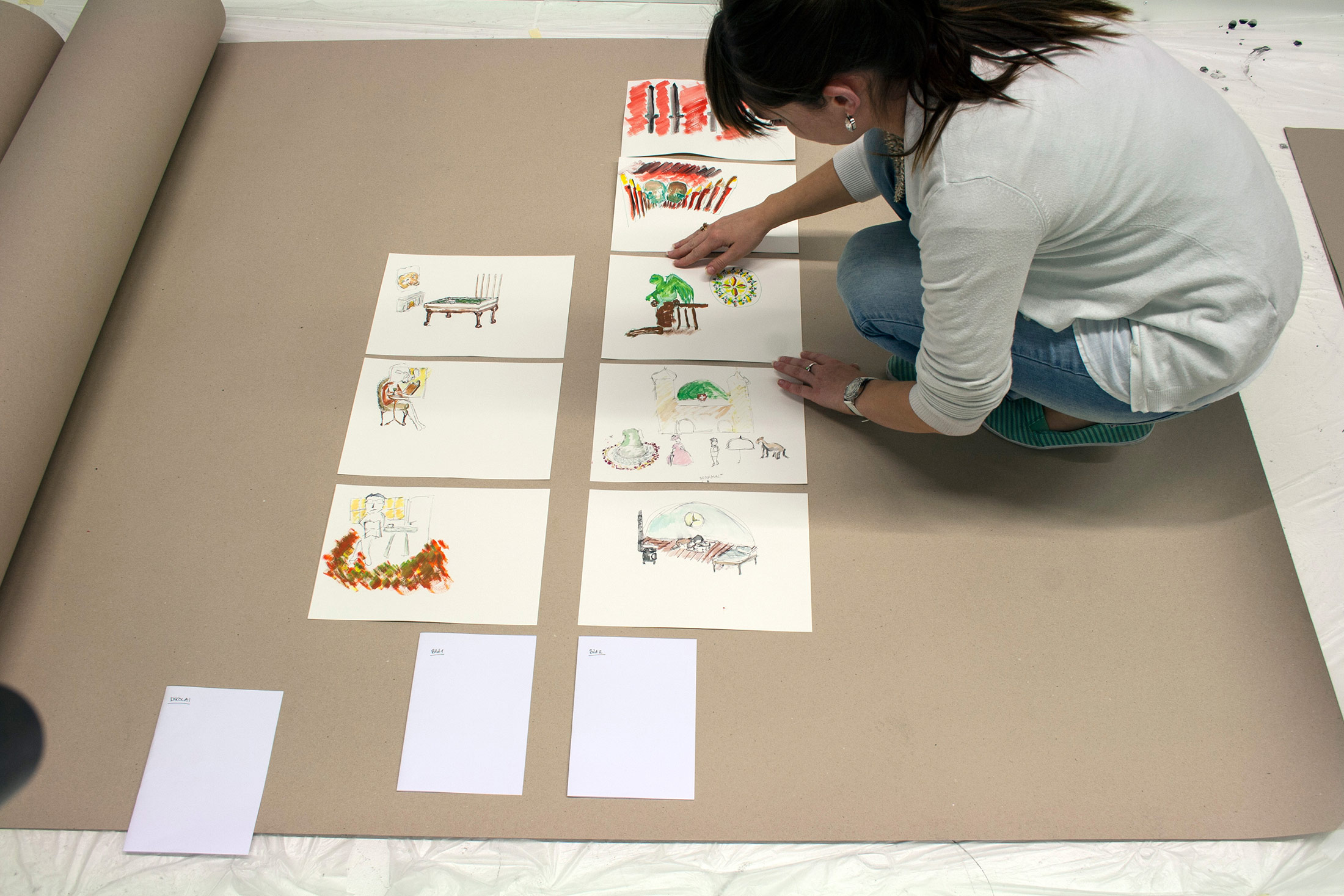Visuelle Kommunikation
Master
Isabel Lina Christen
Chasing Ghosts – Strategies for a Research of the Relationship Between Images and Visual Thinking



“Fantasy is one of our most private belongings” states Prof. Dr. Knauff. He is a neurobiologist, who is focusing on research on the topic of imagination. He is strongly convinced that fantasy, perception, and thinking are always interwoven. Besides, he is one of very few researchers that approach the topic of imagination by way of the brain and not by way of perception. And he is right. Despite not sharing our inner pictures, we daily use our imagination to adjust ourselves to whatever obstacles may arise. It helps us to match experiences of past actions with later decisions when presented with similar situations. When we experience circumstances in which we cannot rely on past know-how, we use our imagination to create a «what-could-happen» scenario that helps us cope with almost every situation. It takes its fuel out of all our mental and bodily experiences which are stored as electrical impulses and which are read as memory fragments by different parts of the brain. But besides helping us out in different situations, imagination as a partially automatic and unconsciously used tool is showing a lot about how we understand our environment and react to it. This is what makes this kind of research interesting to anybody who wants to use pictures to create a specific impact on a beholder, e.g. designers and consumer researchers.
But if this was easy and reliable, the respective research would be much further advanced. What Knauff states as the biggest difficulty, is one of the biggest problems research on such a topic can face: the whole dataset needed for such a kind of experiment is really private and buried in somebody’s mind. It needs to turn from a picture of the mind into a sketch visible for and comprehensible to everybody, in order to be analyzed.
After finding solutions and coping mechanisms to the already mentioned problem of vagueness and generating a useful dataset within an experiment, the second aim is to shed some light on those visual-thinking processes. For instance: when different people observe the same scenery, are there obvious patterns in which those different persons are thinking? Is the way they recall previous experiences and create matching imaginations really similar and, therefore, predictable, or is it rather individual and spread all over and cannot really be compared? And when somebody reproduces those imaginations, is there a contextual overlapping with the real, existing source?
This ultimately brought up the idea to develop an experimental tool, that, on the one hand, shows how an experiment could be designed to search for a real insight into how target groups mentally react to a given imagery. On the other hand, it may show first tendencies and result in a structured and comprehensive manner. It is meant to be a tool for creators and designers to consult or use when in need of a clear picture that communicates exactly as desired, without merely relying on estimates.
Isabel Lina Christen
isabel.christen@bluewin.ch, www.isabelchristen.ch
Institut Visuelle Kommunikation, FHNW HGK, Freilager-Platz 1, CH-4023 Basel
+41 61 228 41 11, info.vis_com.hgk@fhnw.ch, www.fhnw.ch/hgk/ivk



